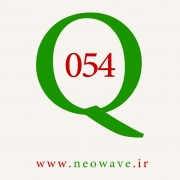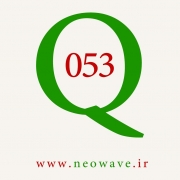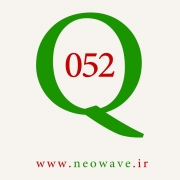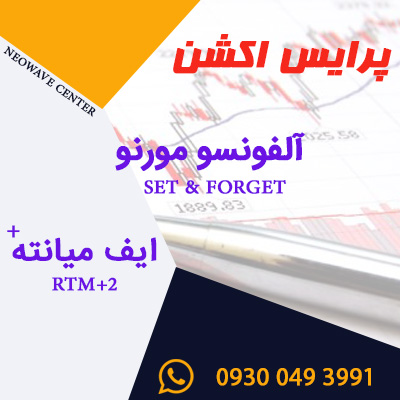Why does Elliott Wave sometimes fail?
ANSWER:
Many people believe Wave theory allows the skilled analyst to predict market action at any junction on any time frame, believing it is just a matter of spending the required time to determine current structure. Unfortunately, even the best wave analyst cannot specifically predict what a market will do all the time. There are times when wave structure is clear and times when it is not.
Structural clarity is highest during the early and late stages of impulsive patterns (i.e., wave-1 or wave-5) and the early and late stages of most corrective patterns (i.e., wave-a, wave-c of a Flat or a Zigzag and wave-e of a Triangle).
Structural clarity is lowest near the center of any wave pattern (i.e., wave-3 of an impulsion, wave-b of a Flat or Zigzag, wave-c of a Triangle, wave-d of a Diametric and wave-e of a Symmetrical).
To understand why, imagine you are driving a car from Los Angeles to New York City. The rules are you must stay within the boundaries of the United States, you cannot backtrack (i.e, you cannot go West), but at each juncture in the highway, you can take whatever route you choose. When first embarking, there would be a limited number of routes out of California, but the further you move out of the state, the more branches in the road you could take. By the time you reach the middle of America, you could be at almost any point in any number of states from the northern to southern end of the continent. As you pass the center of America, the number of available routes to reach your destination would begin to diminish. The closer you get to New York City, the fewer and fewer choices you have.
Wave theory works much the same way, which is why market action can be predicted so specifically (using NEoWave concepts) during the early and late stages of pattern development. As a market moves away from its start, near its halfway point, the number of structural possibilities is at its greatest. As the market continues its journey and approaches the end of its development, the number of possibilities begins to diminish, eventually returning to one.
As a result of the above realities of wave theory, during the beginning or end of patterns, forecasts can be very specific and accurate. Toward the center of any formation, the analyst must refrain from making specific forecasts and speak only in general terms (for example, “the trend is up”), but will not be able to predict specifically how it will get there.








آخرین دیدگاهها